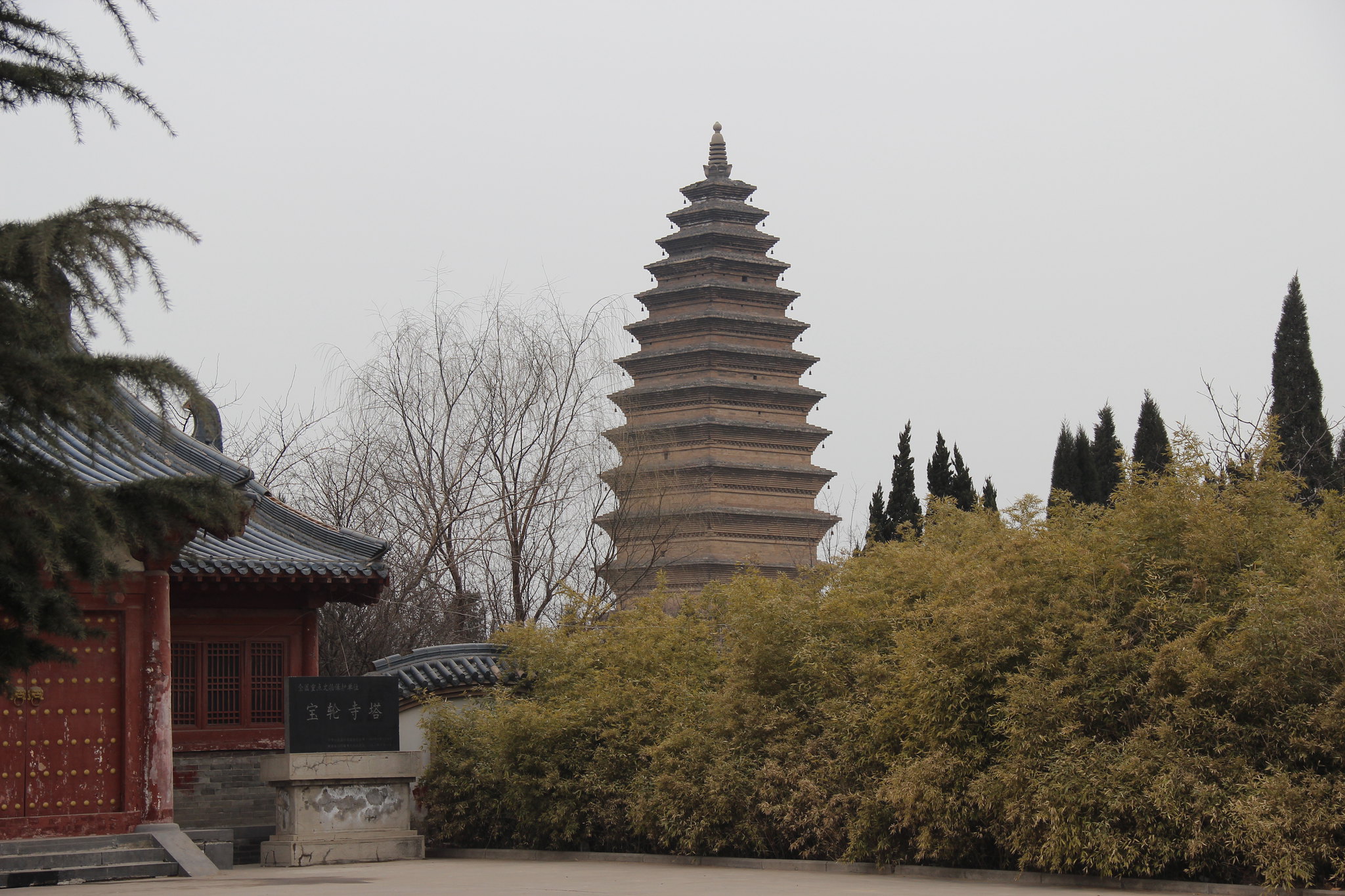Baolun Temple is a historic Buddhist monastery with a rich cultural heritage. Founded during the Southern Tang Dynasty (937-975 CE), the temple has endured through centuries of Chinese history. It is renowned for its impressive architecture, including the Beamless Hall, a unique structure built without the use of wooden beams or pillars. The temple complex houses numerous Buddhist artifacts, ancient scriptures, and intricate stone carvings. Baolun Temple played a significant role in the spread of Buddhism in the region and continues to be an important religious and cultural site, attracting both worshippers and tourists interested in its historical significance and architectural beauty.
Baolun Temple’s pagoda stands as a testament to the architectural prowess of ancient Chinese craftsmen, captivating visitors with its intricate design and historical significance. This magnificent structure, located in the heart of the temple complex, has weathered centuries of change and continues to be a source of wonder for both locals and tourists alike.
Rising gracefully from the temple grounds, the pagoda’s elegant silhouette dominates the skyline, its multiple tiers reaching towards the heavens. Each level of the pagoda is adorned with intricate carvings and delicate embellishments, showcasing the meticulous attention to detail that went into its construction. The artisans who built this masterpiece left no stone unturned in their quest for perfection, and their legacy lives on in every nook and cranny of the structure.
One of the most striking features of the pagoda is its unique blend of architectural styles. While the overall design follows traditional Chinese pagoda conventions, keen observers will notice subtle influences from other cultures, hinting at the rich tapestry of trade and cultural exchange that characterized the era of its construction. This fusion of styles adds an extra layer of intrigue to the already captivating structure, inviting visitors to ponder the stories and secrets hidden within its walls.
As you approach the pagoda, your eyes are immediately drawn to the intricate wooden carvings that adorn its exterior. These carvings depict scenes from Buddhist mythology, historical events, and everyday life, offering a glimpse into the world of those who built and worshipped at the temple. The level of detail in these carvings is truly astounding, with each figure and motif rendered with exquisite precision.
Moving inside the pagoda, visitors are greeted by a serene atmosphere that seems to transport them to another time. The interior is just as impressive as the exterior, with ornate murals covering the walls and ceiling. These paintings, some of which have been painstakingly restored over the years, tell the story of the Buddha’s life and teachings, serving as both a source of inspiration for worshippers and a valuable historical record.
One of the most remarkable aspects of the pagoda’s design is its innovative structural system. The builders employed a series of interlocking wooden brackets, known as dougong, to distribute the weight of the upper levels and provide stability to the entire structure. This ingenious system not only allowed for the creation of taller and more elaborate pagodas but also contributed to the building’s longevity, enabling it to withstand earthquakes and other natural disasters over the centuries.
As you climb the narrow staircases that wind their way up through the pagoda’s interior, you’ll notice how each level offers a unique perspective on the surrounding temple complex and the city beyond. The higher you ascend, the more breathtaking the views become, culminating in a panoramic vista from the top floor that’s truly unforgettable.
The pagoda’s enduring beauty is a testament to the skill and dedication of generations of caretakers who have worked tirelessly to preserve this architectural marvel. Regular maintenance and restoration efforts have ensured that the pagoda remains in excellent condition, allowing visitors to experience its splendor much as it would have appeared centuries ago.
In conclusion, the pagoda of Baolun Temple stands as a shining example of Chinese architectural ingenuity and artistic expression. Its harmonious blend of form and function, coupled with its rich historical and cultural significance, makes it a must-see attraction for anyone interested in the art and architecture of ancient China. As you stand in its shadow, gazing up at its soaring tiers, you can’t help but feel a sense of awe and wonder at the enduring legacy of those who came before us.
Baolun Temple stands as a significant cultural and religious landmark in China, showcasing the enduring influence of Buddhism in the region. Its architectural beauty, historical importance, and role as a center for spiritual practice have made it a revered site for both devotees and visitors. The temple’s preservation efforts and ongoing religious activities demonstrate the continued relevance of Buddhist traditions in modern Chinese society. As a testament to the country’s rich cultural heritage, Baolun Temple serves as a bridge between past and present, offering insights into China’s spiritual and artistic legacy while remaining an active place of worship and contemplation.

